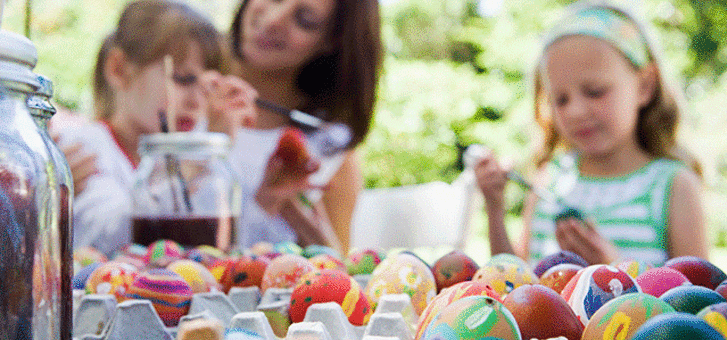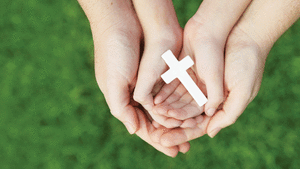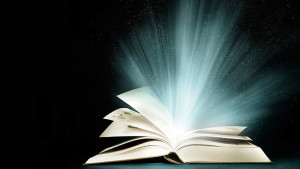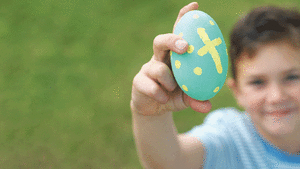As I write, I’m on a working visit to Kathmandu, Nepal, also known as the Land of Festivals, with an aid organisation. I’ve been told that there are more festivals in Nepal than there are days in a year. Here, festivals can be connected to religious belief, family (Mother and Father’s Day, Children’s Day, even Brother and Sister’s Day), a new season or a national event. There’s even a festival called Teej, where women fast for the wellness of their spouse and their married life, while the unmarried pray to find a nice husband!
I’m not sure if avoiding food would bring me a husband, but there is something extraordinary about the uniting of people and communities in celebration—in festivals and traditions, no matter the culture.
While some question if all these festivals are necessary, many acknowledge that such celebrations are an essential part of our existence. Traditions, festivals and celebrations are a means of promoting unity, strengthening relationships and helping us to keep in touch with our past. The beauty of a tradition is in how it is celebrated, the community it helps create and in the meaning that it helps to preserve. Lacking a cultural knowledge can make it difficult to understand the traditions and symbolism played out during a festival.
My family doesn’t have many strictly adhered-to traditions, but we love events that bring us together. These include spending holidays together, celebrating weddings, graduations and significant birthdays, and sometimes we’ll just create a cause for celebration.
The Easter Tradition
As a Christian, one of my favourite family events is Easter. My family’s traditions have evolved, including attending special Easter services, but they’re more about spending time together in different ways.
While distance has kept us separate in recent years, my family cherishes memories of Easter weekends past, where we spent time camping, fishing and picnicking. And while I’m saddened by the crazy commer-cialisation of it all, I do appreciate how Easter can be an opportunity for people to contemplate the death of Christ and celebrate His resurrection.
For many families in Western countries, Easter is celebrated by attending Easter church services—perhaps the only church service they attend for the year—or dramatisations and parades. But it can also be about having a special Easter meal and Easter eggs hunts.
And even if people don’t celebrate or acknowledge the origins of the real meaning of Easter, they usually appreciate the Good Friday and Easter Monday holidays that come with it.
Like the uniqueness of numerous traditions and festivals celebrated across cultures, Easter celebrations also vary with culture, and this gives a richness and beauty—sometimes even a strangeness—to how people have chosen to commemorate the resurrection of Jesus.
Down Under
In Australia and New Zealand, many towns and cities have used the Easter holiday time to create cherished community events and festivals for people to enjoy. The Sydney Royal Easter Show, first held in 1823, is Australia’s largest annual event, and attracts nearly 900,000 people each year. This event is a special showcase of Australian culture, heritage and excellence, and without a doubt, a hugely popular event for families.
Another popular event in Australia is Easterfest, held at Toowoomba, Queensland. It is Australia’s largest drug- and alcohol-free music festival, and believes the Cross is the centrepiece of the Easter message. This year, the festival features Stations of the Cross, which takes visitors on a reflective journey of the death and resurrection of Jesus, helping people rediscover the life-changing power of the Cross.
Pisanki Easter eggs
Travel halfway around the world to Poland, and you’ll find a country with arguably stronger Easter traditions. According to the official promotional website of the Republic of Poland, Easter is a “vibrant and colourful holiday,” where many ancient religious and folk traditions from the Middle Ages are still being closely followed today.
Take the ancient tradition of intricately decorated Pisanki Easter eggs for instance. While the methods of dying and decorating the eggs have changed over the years, the tradition of drawing or painting on eggs has remained strong.
Originating as a pagan tradition, Pisanki was absorbed by Christianity and is now considered to symbolise the revival of nature and the hope that Christians gain from faith in the resurrection of Jesus Christ.
Other Easter Traditions
Another interesting phenomenon of Easter is the appearance of Easter bunnies. Some believe the legend of an egg-laying rabbit began in the 1500s, which led to a tradition of making nests for the rabbit to lay its eggs in. The Easter bunny—more often made of marshmallow or chocolate itself these days—is believed to deliver chocolate eggs to children who have been good.
Coloured eggs and chocolate bunnies, to people around the world, represent the annual celebration of Easter. To others, however, Easter is less about these “symbols”—which are not based on Scripture at all—and more about a special commemoration of the death and resurrection of Jesus.
As someone who believes in the death and resurrection of Jesus, I believe that at its heart, Christianity and the message of Easter bring many beautiful messages into a world that is striving to satisfy its own desires. Messages of beauty in the form of unity rather than separation; love and self-sacrifice rather than self-gratification; equality rather than discrimination; forgiveness rather than revenge; and peace rather than anxiety.
The Heart Of Easter
My personal challenge is to ensure that these messages are lived through my daily life, and not just highlighted at this time of the year.
But with this annual long weekend being a period in which people’s hearts and curiosity are often more open to the true meaning of this public holiday, I’m also challenged to take the opportunity at Easter—and every day—to share the fuller meaning of Christ, through my words and actions.
Whatever your thoughts on Easter or its celebratory traditions may be, consider the following suggestions, or create your own, as ways to help Easter be a special time each year for you and your family:
- Start with those close to you and create or repeat a new family tradition that will help you remember the Resurrection.
- Be intentional about learning or sharing about the meaning of Jesus and His death and resurrection.
- Talk with your family about the traditions in your family and what you value about them. Would you do anything to change them or add to them?
My hope is that Easter is not only another special event that simply unites us with others through fun celebrations, which are essential, but most of all it reminds us of the free gift we received on the Cross.
To Remember
In the lead up to Jesus’ crucifixion and resurrection, the Jews were celebrating the Passover, the festival which commemorated the Israelites’ freedom from bondage and slavery in Egypt.
Unlike when Jesus was born (Christmas), we know the exact date of Jesus’ death—the Jewish Passover (the fourteenth day of the month of Nisan in the Hebrew calendar). Dates for Easter are related to the lunar calendar and are not the actual days upon which Jesus was crucified and resurrected.
Jesus desired to share His last Passover with His disciples. During this Last Supper, Jesus “took bread, gave thanks and broke it, and gave it to them, saying, ‘This is my body given for you; do this in remembrance of me’ ” (Luke 22:19)—symbols of remembrance.
Although there is no biblical evidence of “Easter,” or Jesus commanding us to remember His resurrection (particularly not with coloured Easter eggs or bunnies), there is still significance in using symbols and traditions appropriately to help remember a particular event or celebration, lest we forget.






